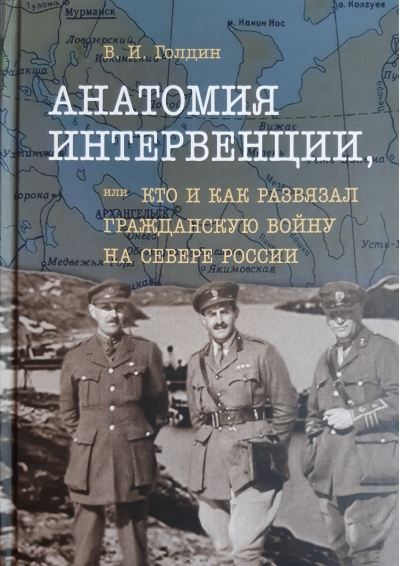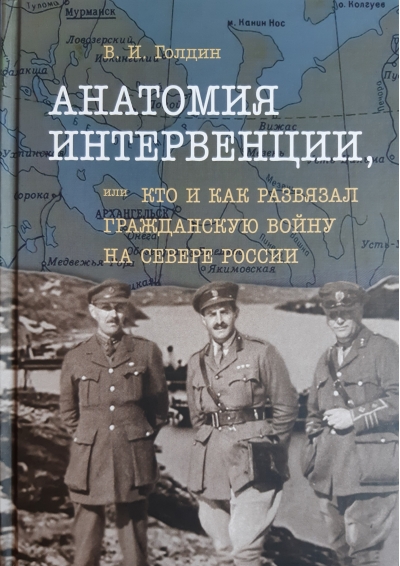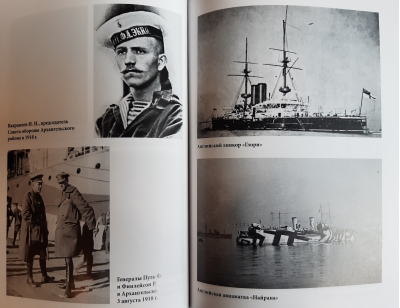The Anatomy of Intervention, or Who and How Unleashed the Civil War in Northern Russia
29.99 €
The only thing available 1
The book provides a detailed and thorough examination of the complex and contradictory picture of the clash of interests and actions of various countries and military-political coalitions: Great Britain, Germany, Finland, the Entente and the Fourth Alliance in the North of Russia in the spring-summer of 1918. The Brest and Murmansk alternatives of the Soviet foreign policy and the struggle of various internal and external actors in and around the Murmansk region to realize their interests are revealed. The efforts of the Soviet government to balance and prevent the clash of opposing imperialist coalitions in the North of the country are examined.
The influence of the Civil War in Finland on the situation in the Russian North is analyzed, the contribution of German troops to the achievement of the White Finns' victory in the war, their actions to create, with the help of Germany, a "great Finland from sea to sea" through the seizure of Russian territories; the commonalities and divergences of their interests are revealed.
The goals and motives, the nature and mechanisms of the struggle of the Entente countries for strengthening their military and political presence in the Russian North, the development and implementation of intervention plans "at the invitation of the Soviet government" and without it are studied. The Murmansk stage of the so-called "friendly" intervention, which ended with the coup d'état in Murmansk, the break with the Council of People's Commissars, the creation of the Murmansk anti-Soviet front by the Entente forces and the occupation of the region.
Military and political and diplomatic aspects of preparation and realization of the armed invasion of the Entente troops in Arkhangelsk, which meant the deployment of a large-scale Civil War in the North of Russia and the creation of the Northern Front by foreign troops. It is proved that the intervention of the Entente countries in order to realize a set of military-strategic, political, geopolitical and economic interests played a major role in unleashing the Civil War in this region of Russia.
The influence of the Civil War in Finland on the situation in the Russian North is analyzed, the contribution of German troops to the achievement of the White Finns' victory in the war, their actions to create, with the help of Germany, a "great Finland from sea to sea" through the seizure of Russian territories; the commonalities and divergences of their interests are revealed.
The goals and motives, the nature and mechanisms of the struggle of the Entente countries for strengthening their military and political presence in the Russian North, the development and implementation of intervention plans "at the invitation of the Soviet government" and without it are studied. The Murmansk stage of the so-called "friendly" intervention, which ended with the coup d'état in Murmansk, the break with the Council of People's Commissars, the creation of the Murmansk anti-Soviet front by the Entente forces and the occupation of the region.
Military and political and diplomatic aspects of preparation and realization of the armed invasion of the Entente troops in Arkhangelsk, which meant the deployment of a large-scale Civil War in the North of Russia and the creation of the Northern Front by foreign troops. It is proved that the intervention of the Entente countries in order to realize a set of military-strategic, political, geopolitical and economic interests played a major role in unleashing the Civil War in this region of Russia.
See also:
- All books by the publisher
- All books by the author













